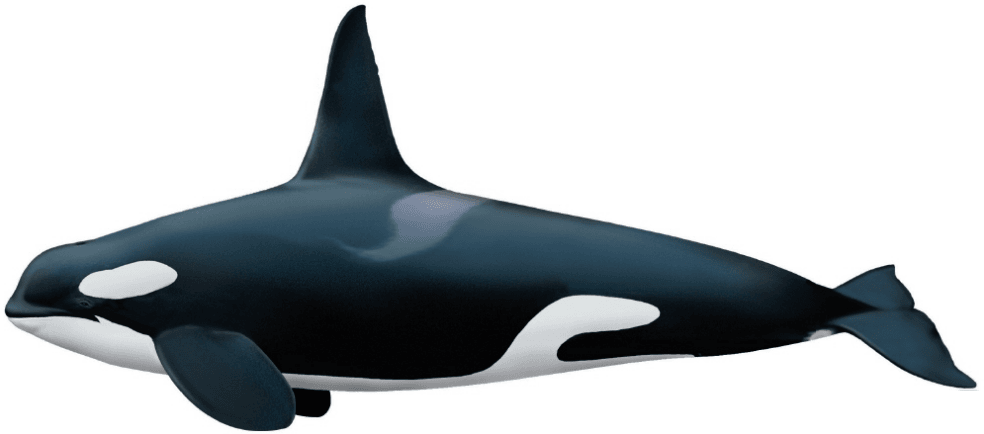
Orca
Length
Up to 23 feet (8.2 m) for females
Weight
4 tons (3,620) for females
Distribution
Population
Description
Orcas are an apex predator, meaning they are at the top of the food chain. Some populations, referred to as “residents”, stay in the same general area throughout the year, following food sources. These whales typically feed on fish such as salmon or herring. Transient, or Bigg’s Orcas, tend to feed on larger prey including seals, sea lions, sharks, or other cetaceans. They are particularly effective hunters, reaching burst speeds of 30 mph while hunting in groups with the aid of echolocation. Orcas have complex social structures and in some cases are known to spend their entire lives within strong family groups.
Little is known about Killer Whale population estimates; however, they are vulnerable to pollution and prey-loss as declining fish populations becomes an issue for both fish-eating populations and Orcas that feed on other fish-eating mammals.